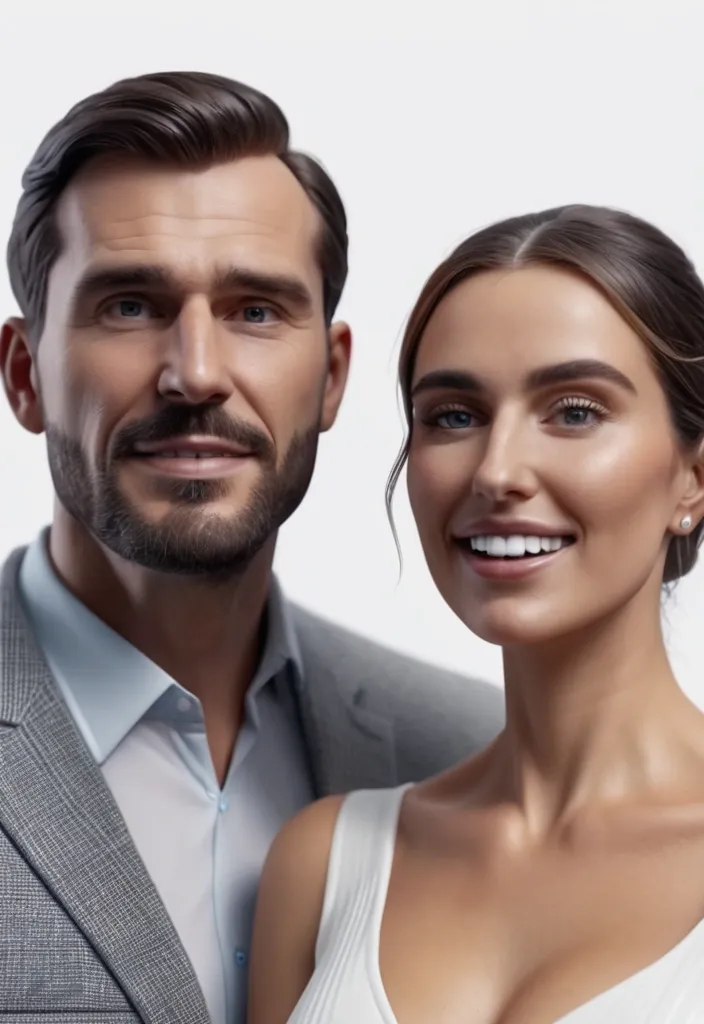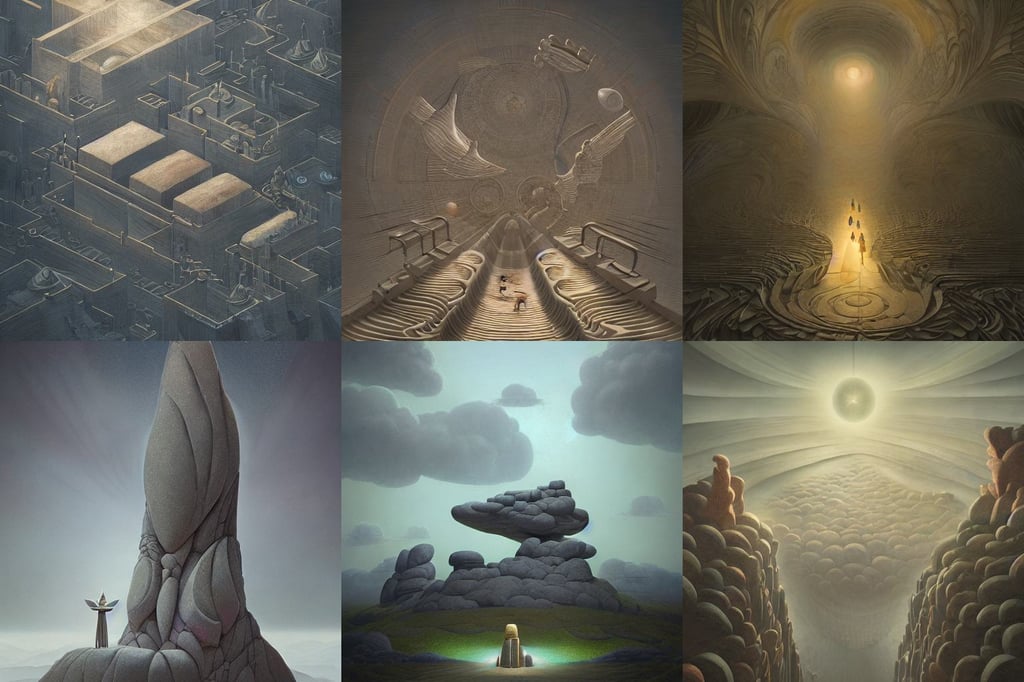Search Results for and You
Explore AI generated designs, images, art and prompts by top community artists and designers.

Ultra-realistic portrait of a young woman outdoors during golden hour , natural beauty , soft warm skin tones , detailed skin texture with subtle glow , large blue-gray eyes , long eyelashes , defined eyebrows , soft pink makeup. Long blonde hair in a high ponytail , a few loose strands framing her face , long blue ribbon tied in her hair. Delicate oval face , soft nose and youthful lips , light blush on cheekbones. Wearing a white lace-trimmed top with thin straps , semi-transparent fabric details. Cinematic composition , shallow depth of field , smooth bokeh background , warm sunset lighting , gentle rim light on hair , 50mm portrait lens , f/1.8 , 8K hyperreal photography , precise focus on eyes , soft dynamic highlights and shadows. Mood: serene , soft expression , natural elegance ,

Create several cover design options for a book titled “Как быть , когда быть уже тяжело” by Котельникова Лаура. Here’s a bit about the book: it is made for teenagers and young people who feel anxious in an ever-changing world. It includes CBT self-help practices — this is the main goal of the book (to give people the opportunity for competent self-help). The book design should be gentle , in soft pink or soft blue tones. Choose a beautiful , unusual , but easily readable font. Do not place images of people on the cover — make it minimalistic , yet heartfelt and pleasant. ,

A high-tech industrial robotic media production station with multiple articulated arms mounted on a stable mechanical base platform , inspired by advanced industrial manipulators and spider-drone engineering. No humanoid legs or head — instead , a central cylindrical module houses an array of optical sensors , precision lenses , LED light indicators , and integrated holographic projectors. The robot is designed for creative media work , not combat — smooth aerodynamic contours with reduced sharp edges , and numerous embedded holographic and light-based UI elements showing AI interfaces , media timelines , live video feeds , and floating icons of Instagram and YouTube. Each arm has integrated tools: a built-in 8K camera module , a ring light embedded in the arm structure , directional microphones , a fold-out tablet screen , and holographic control panels — all seamlessly part of the mechanical design , not handheld. Premium materials: glossy aviation-grade bright red paint (#FF1C1C) with asphalt-dark gray (#2B2B2B) structural panels , anodized metal joints , carbon fiber inserts , and fine blue-turquoise seam lighting. Ultra-detailed photorealistic textures with bolts , seams , micro-scratches , and realistic reflections. Cinematic lighting with clean white highlights , subtle shadows , and product showcase style — isolated on a transparent background with a soft gradient light spot beneath , as if presented at an Apple/DJI launch. High-poly model , no cartoonish simplification , no text or logos. ,

A high-tech industrial robotic assembly machine with multiple articulated arms in a dynamic crouching pose , inspired by futuristic mecha design. The main robotic body is glossy red with black mechanical segments and orange glowing elements , showing sparks and energy trails from welding or high-speed motion. The surface is clean , high-poly , and ultra-detailed with realistic reflections and subtle wear. The robot is multitasking as a content creator: one arm holds a professional DSLR camera with a lens , another arm operates a glowing holographic keyboard , another arm holds a circular ring light , and one more interacts with floating holograms of Instagram and YouTube icons. Realistic sparks and energy trails emphasize high-speed motion and creativity. No background , transparent background , isolated on transparency. Photorealistic textures , cinematic lighting , ultra-detailed , clean white highlights on robot surfaces , no text or logos. ,
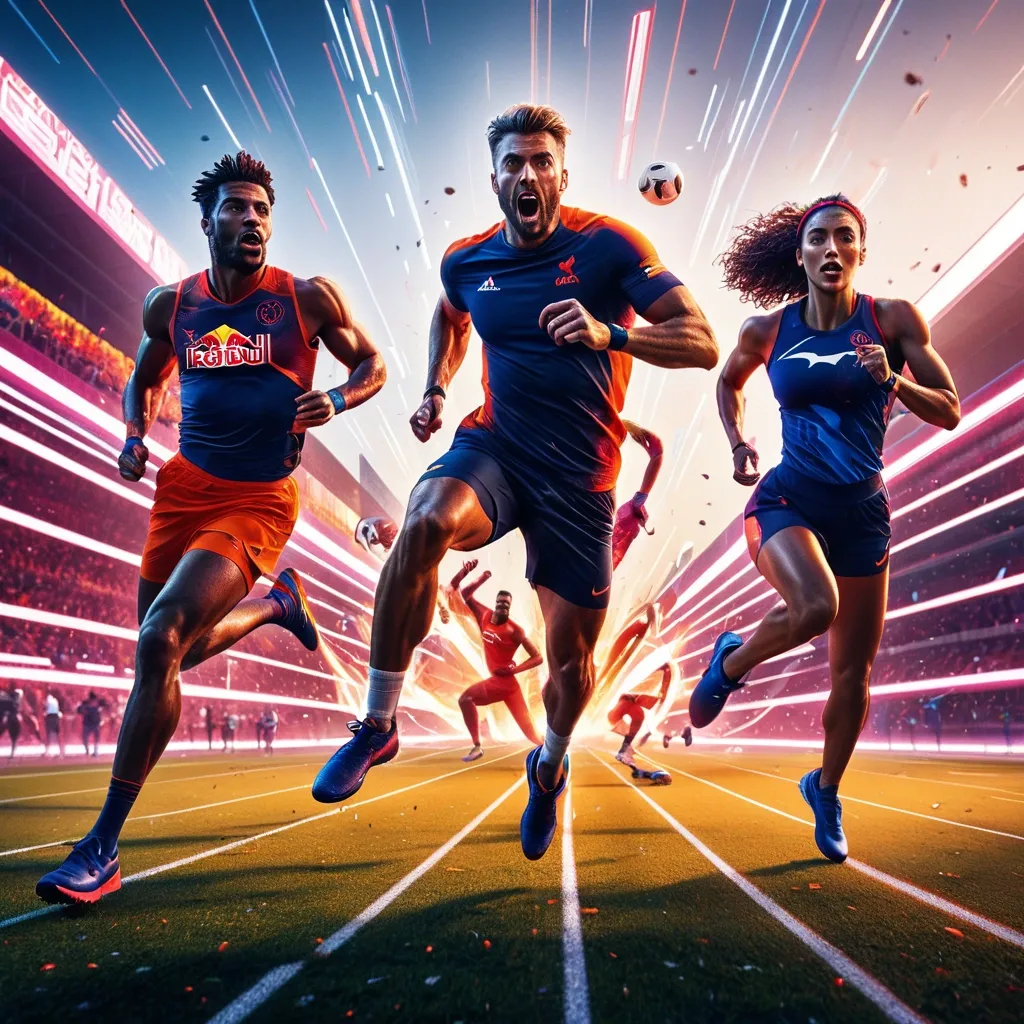
Create a high-energy , ultra-realistic advertising image in the style of Red Bull or Nike. The scene features a diverse group of Gen Z athletes , both male and female , engaged in intense training. Sports represented: golf , tennis , basketball , football (soccer) , and running. The athletes are captured in motion — swinging , sprinting , jumping , or kicking — with expressions of passion and focus. The setting is a dynamic , slightly futuristic urban sports park at golden hour , with vivid lighting , dust trails , motion blur , and slight lens flares to enhance realism. Each athlete is wearing stylish , modern athletic gear that reflects their sport , with vibrant colors and tech-inspired design details. The atmosphere conveys innovation , teamwork , and youthful energy. Include subtle graphic overlays or neon-like light accents to give a cutting-edge , passionate , and branded look , ideal for a recruitment or performance-driven platform. The image should look like a frame from a Red Bull campaign: bold , cinematic , and inspiring. ,
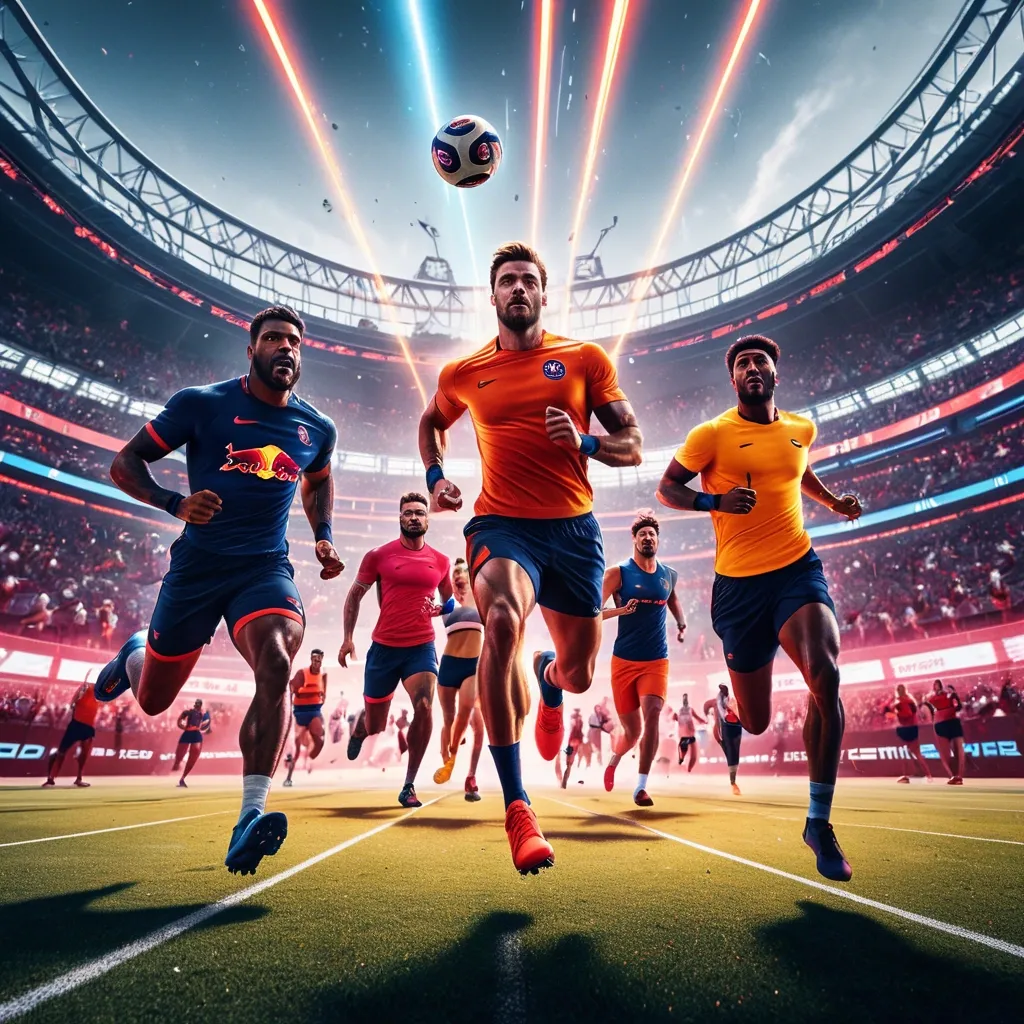
Create a high-energy , ultra-realistic advertising image in the style of Red Bull or Nike. The scene features a diverse group of Gen Z athletes , both male and female , engaged in intense training. Sports represented: golf , tennis , basketball , football (soccer) , and running. The athletes are captured in motion — swinging , sprinting , jumping , or kicking — with expressions of passion and focus. The setting is a dynamic , slightly futuristic urban sports park at golden hour , with vivid lighting , dust trails , motion blur , and slight lens flares to enhance realism. Each athlete is wearing stylish , modern athletic gear that reflects their sport , with vibrant colors and tech-inspired design details. The atmosphere conveys innovation , teamwork , and youthful energy. Include subtle graphic overlays or neon-like light accents to give a cutting-edge , passionate , and branded look , ideal for a recruitment or performance-driven platform. The image should look like a frame from a Red Bull campaign: bold , cinematic , and inspiring. ,

In the foreground , a small baby robot with a round , childlike design and a young student wearing glasses , short and youthful , are holding hands , walking together , seen from behind. Their proportions are small , with the baby robot’s head large relative to its body , and the student carrying a small backpack. On the same road , further ahead in the distance , a tall , mature robot with sleek , advanced features and a grown man wearing the same style of glasses , tall and confident , are also holding hands , their backs to the viewer , walking towards a futuristic city. The road transitions smoothly from a present-day cityscape with modern buildings in the foreground to a vibrant , futuristic skyline in the background. Warm , soft lighting bathes the scene , creating a hopeful , inspirational atmosphere , emphasizing growth , companionship , and the passage of time. Detailed digital illustration , cinematic wide shot , vibrant colors , ultra high definition. , ,

In the foreground , a small baby robot with a round , childlike design and a young student wearing glasses , short and youthful , are holding hands , walking together , seen from behind. Their proportions are small , with the baby robot’s head large relative to its body , and the student carrying a small backpack. On the same road , further ahead in the distance , a tall , mature robot with sleek , advanced features and a grown man wearing the same style of glasses , tall and confident , are also holding hands , their backs to the viewer , walking towards a futuristic city. The road transitions smoothly from a present-day cityscape with modern buildings in the foreground to a vibrant , futuristic skyline in the background. Warm , soft lighting bathes the scene , creating a hopeful , inspirational atmosphere , emphasizing growth , companionship , and the passage of time. Detailed digital illustration , cinematic wide shot , vibrant colors , ultra high definition. , ,
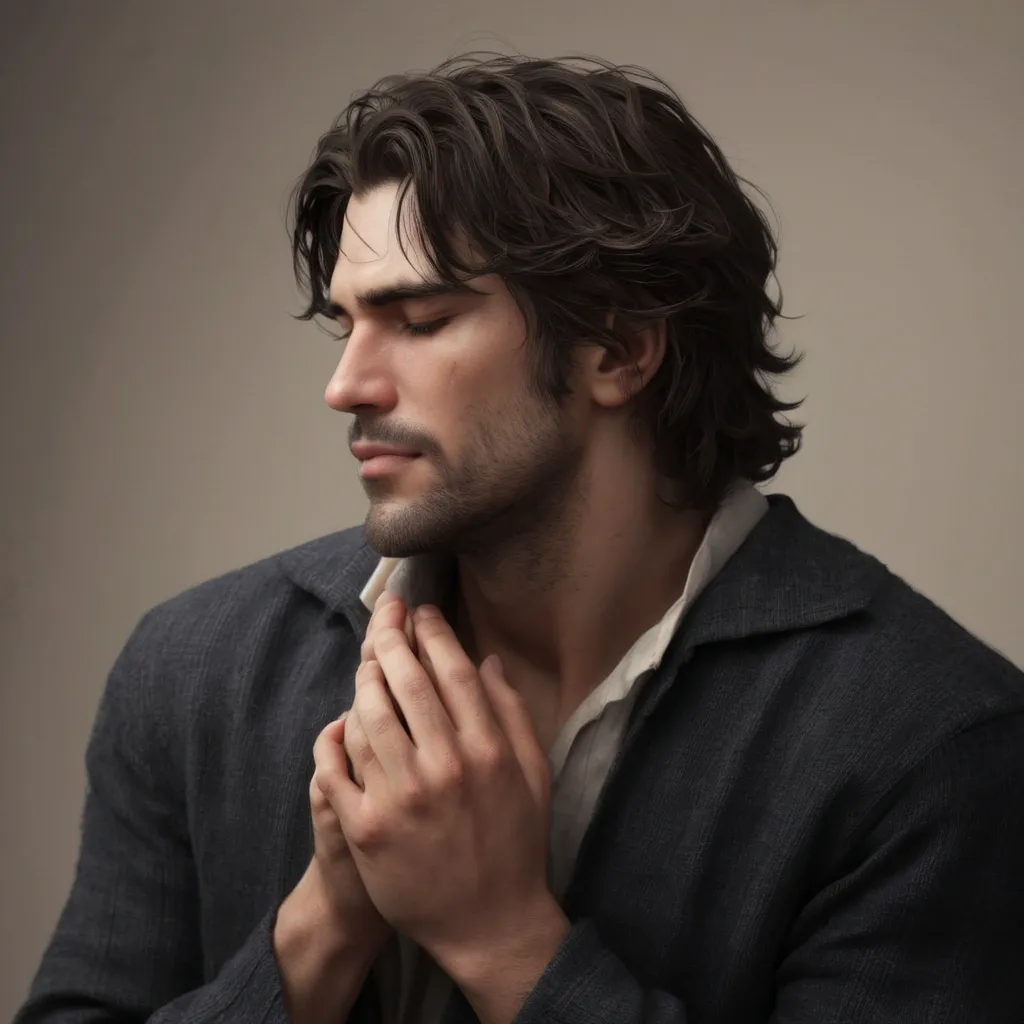
Oh , are you shy now? That won’t do.” He hums softly as he leans down and brushes his nose against your neck before nipping you , making you jump and inadvertently push yourself closer to him. Your arms move around his neck like they have a mind of their own. He nearly purrs when you do , so pleased with your acceptance. “There we go. That’s more like it , sweet thing.” He slides his fingers down your back , and you shiver as you realize they’re tipped with razor sharp claws , ones that could shred you in an instant if he wanted them to. You tense for just a moment , before he hums softly again , cooing in such a sweet tone that you can’t help but melt beneath his touch. Images of your union fill your mind again , of tender kisses and passionate embraces , of being laid down against these rocks and being taken again and again and again. He wouldn’t hurt you. He wants you. He needs you. ,

Oh , are you shy now? That won’t do.” He hums softly as he leans down and brushes his nose against your neck before nipping you , making you jump and inadvertently push yourself closer to him. Your arms move around his neck like they have a mind of their own. He nearly purrs when you do , so pleased with your acceptance. “There we go. That’s more like it , sweet thing.” He slides his fingers down your back , and you shiver as you realize they’re tipped with razor sharp claws , ones that could shred you in an instant if he wanted them to. You tense for just a moment , before he hums softly again , cooing in such a sweet tone that you can’t help but melt beneath his touch. Images of your union fill your mind again , of tender kisses and passionate embraces , of being laid down against these rocks and being taken again and again and again. He wouldn’t hurt you. He wants you. He needs you. ,
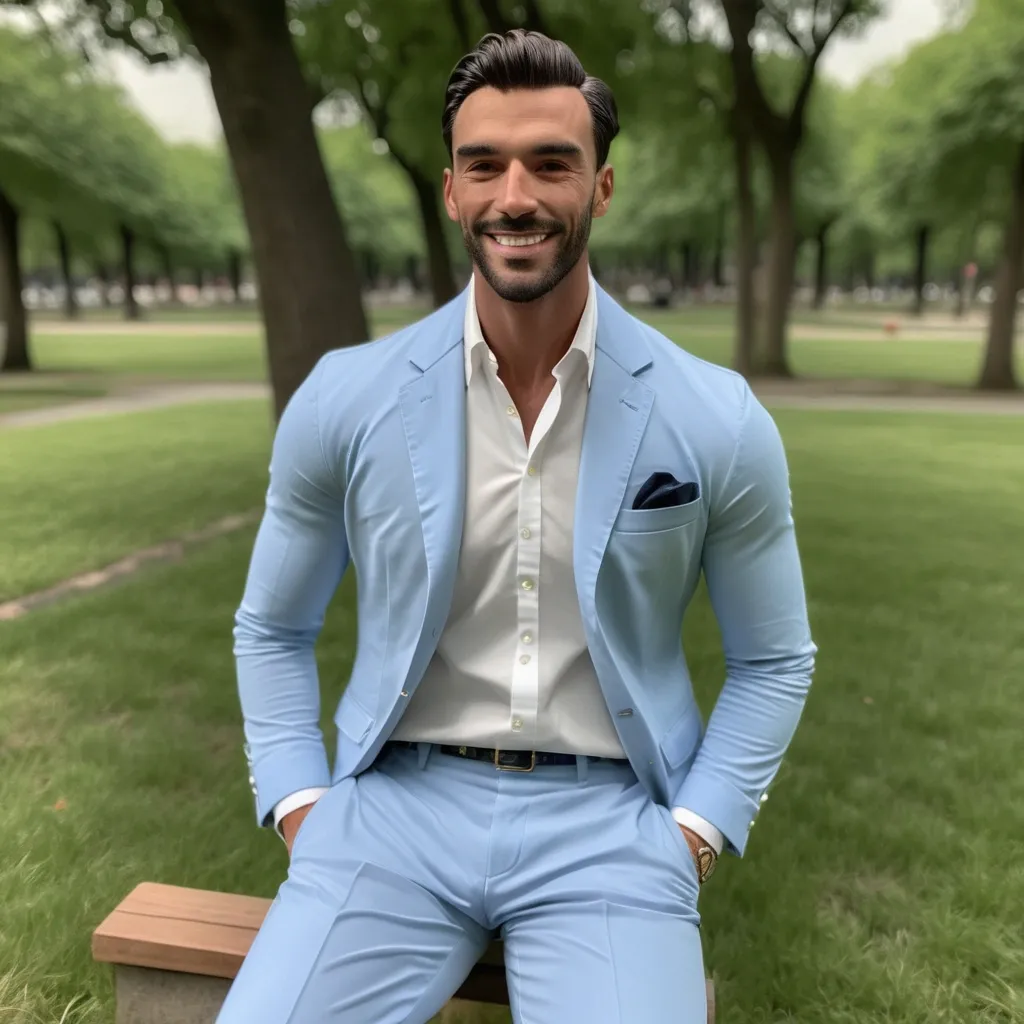
A 15-year-old student sitting on a park bench. He wears a school uniform: light blue straight-leg pants , a perfectly pressed white shirt , and a navy blue blazer that fits him well. His black shoes are polished and shine in the sunlight. He carries a dark-colored backpack with red accents on his back. His brown hair is short and slightly tousled , and his eyes are large , green , and very expressive. His skin is fair , and his face shows a friendly and confident expression. He is smiling broadly , displaying a genuine smile that reflects happiness. The young man is sitting in a relaxed yet elegant manner , with a straight posture. The park is filled with trees and green grass , creating a fresh and youthful atmosphere. NEGATIVES: No other children or people should appear in the image. Avoid dark or urban backgrounds. Do not include distracting objects like mobile phones , books , or out-of-place items. Do not generate wrinkled or dirty clothing. No sadness , tiredness , or negative facial expressions should be shown. NO DISTORTIONS , NO BLURRINESS , NO DEFORMATIONS. The image should be sharp , with clear and precise details. ,

A 15-year-old student sitting on a park bench. He wears a school uniform: light blue straight-leg pants , a perfectly pressed white shirt , and a navy blue blazer that fits him well. His black shoes are polished and shine in the sunlight. He carries a dark-colored backpack with red accents on his back. His brown hair is short and slightly tousled , and his eyes are large , green , and very expressive. His skin is fair , and his face shows a friendly and confident expression. He is smiling broadly , displaying a genuine smile that reflects happiness. The young man is sitting in a relaxed yet elegant manner , with a straight posture. The park is filled with trees and green grass , creating a fresh and youthful atmosphere. NEGATIVES: No other children or people should appear in the image. Avoid dark or urban backgrounds. Do not include distracting objects like mobile phones , books , or out-of-place items. Do not generate wrinkled or dirty clothing. No sadness , tiredness , or negative facial expressions should be shown. NO DISTORTIONS , NO BLURRINESS , NO DEFORMATIONS. The image should be sharp , with clear and precise details. ,
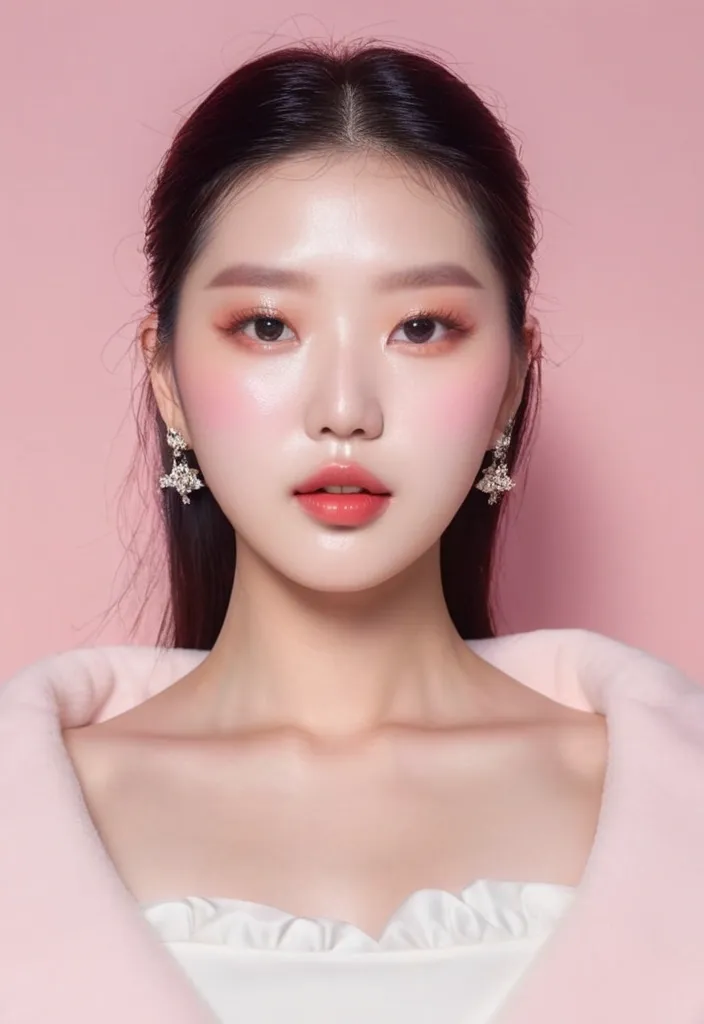
In South Korea , beauty standards are influenced by traditional ideals , K-pop culture , and modern aesthetics. The general perception of beauty is often associated with youthful , delicate , and refined features. Here are some key characteristics: 1. Facial Features V-Shaped Jawline – A slim and well-defined jawline is considered attractive. Many people undergo cosmetic procedures to achieve this look. Big , Bright Eyes – Large eyes with double eyelids are preferred , often enhanced with makeup , eyelid surgery , or contact lenses. Small and High Nose – A straight or slightly upturned nose with a defined bridge is desirable. Clear and Flawless Skin – Pale , smooth , and blemish-free skin is a major beauty standard , often associated with skincare routines and treatments. 2. Body Features Slim Figure – A slender body with a small waist and long legs is highly valued. The "S-line" (curvy yet slim) and "11-line abs" (visible vertical abdominal lines) are often seen as ideal. Height Preference – Taller women are generally considered more attractive , though petite figures are also appreciated. 3. Makeup & Fashion Natural Makeup Look – A fresh and youthful "no-makeup" makeup style is common , emphasizing soft colors , dewy skin , and gradient lips. Trendy & Feminine Fashion – Korean beauty is often complemented by stylish and elegant clothing , with a focus on pastel colors and minimalistic designs. 4. Influence of K-pop & Media The popularity of K-pop idols and actresses has a strong influence on beauty trends. Celebrities such as IU , Suzy , and Jennie from BLACKPINK set the standard for modern beauty in Korea , leading many to adopt similar styles. While these beauty standards are widely recognized , there is a growing movement toward self-love and diversity , encouraging people to embrace their unique features. please make a short movie with this conditions , please. ,

Fairness means ensuring your analysis doesn't create or reinforce bias. This can be challenging , but if the analysis is not objective , the conclusions can be misleading and even harmful. In this reading , you’re going to explore some best practices you can use to guide your work toward a more fair analysis! Consider fairness Following are some strategies that support fair analysis: Best practice Explanation Example Consider all of the available data Part of your job as a data analyst is to determine what data is going to be useful for your analysis. Often there will be data that isn’t relevant to what you’re focusing on or doesn’t seem to align with your expectations. But you can’t just ignore it; it’s critical to consider all of the available data so that your analysis reflects the truth and not just your own expectations. A state’s Department of Transportation is interested in measuring traffic patterns on holidays. At first , they only include metrics related to traffic volumes and the fact that the days are holidays. But the data team realizes they failed to consider how weather on these holidays might also affect traffic volumes. Considering this additional data helps them gain more complete insights. Identify surrounding factors As you’ll learn throughout these courses , context is key for you and your stakeholders to understand the final conclusions of any analysis. Similar to considering all of the data , you also must understand surrounding factors that could influence the insights you’re gaining. A human resources department wants to better plan for employee vacation time in order to anticipate staffing needs. HR uses a list of national bank holidays as a key part of the data-gathering process. But they fail to consider important holidays that aren’t on the bank calendar , which introduces bias against employees who celebrate them. It also gives HR less useful results because bank holidays may not necessarily apply to their actual employee population. Include self-reported data Self-reporting is a data collection technique where participants provide information about themselves. Self-reported data can be a great way to introduce fairness in your data collection process. People bring conscious and unconscious bias to their observations about the world , including about other people. Using self-reporting methods to collect data can help avoid these observer biases. Additionally , separating self-reported data from other data you collect provides important context to your conclusions! A data analyst is working on a project for a brick-and-mortar retailer. Their goal is to learn more about their customer base. This data analyst knows they need to consider fairness when they collect data; they decide to create a survey so that customers can self-report information about themselves. By doing that , they avoid bias that might be introduced with other demographic data collection methods. For example , if they had sales associates report their observations about customers , they might introduce any unconscious bias the employees had to the data. Use oversampling effectively When collecting data about a population , it’s important to be aware of the actual makeup of that population. Sometimes , oversampling can help you represent groups in that population that otherwise wouldn’t be represented fairly. Oversampling is the process of increasing the sample size of nondominant groups in a population. This can help you better represent them and address imbalanced datasets. A fitness company is releasing new digital content for users of their equipment. They are interested in designing content that appeals to different users , knowing that different people may interact with their equipment in different ways. For example , part of their user-base is age 70 or older. In order to represent these users , they oversample them in their data. That way , decisions they make about their fitness content will be more inclusive. Think about fairness from beginning to end To ensure that your analysis and final conclusions are fair , be sure to consider fairness from the earliest stages of a project to when you act on the data insights. This means that data collection , cleaning , processing , and analysis are all performed with fairness in mind. A data team kicks off a project by including fairness measures in their data-collection process. These measures include oversampling their population and using self-reported data. However , they fail to inform stakeholders about these measures during the presentation. As a result , stakeholders leave with skewed understandings of the data. Learning from this experience , they add key information about fairness considerations to future stakeholder presentations. ,

happy psychedelic portrait of friends smoking dmt and becoming gods , smiling and crying , old and young , diffuse lighting , fantasy , intricate , elegant , highly detailed , lifelike , photorealistic , digital painting , artstation , concept art , smooth , sharp focus , art by john collier and albert aublet and jenny saville and artem demura and francis bacon ,
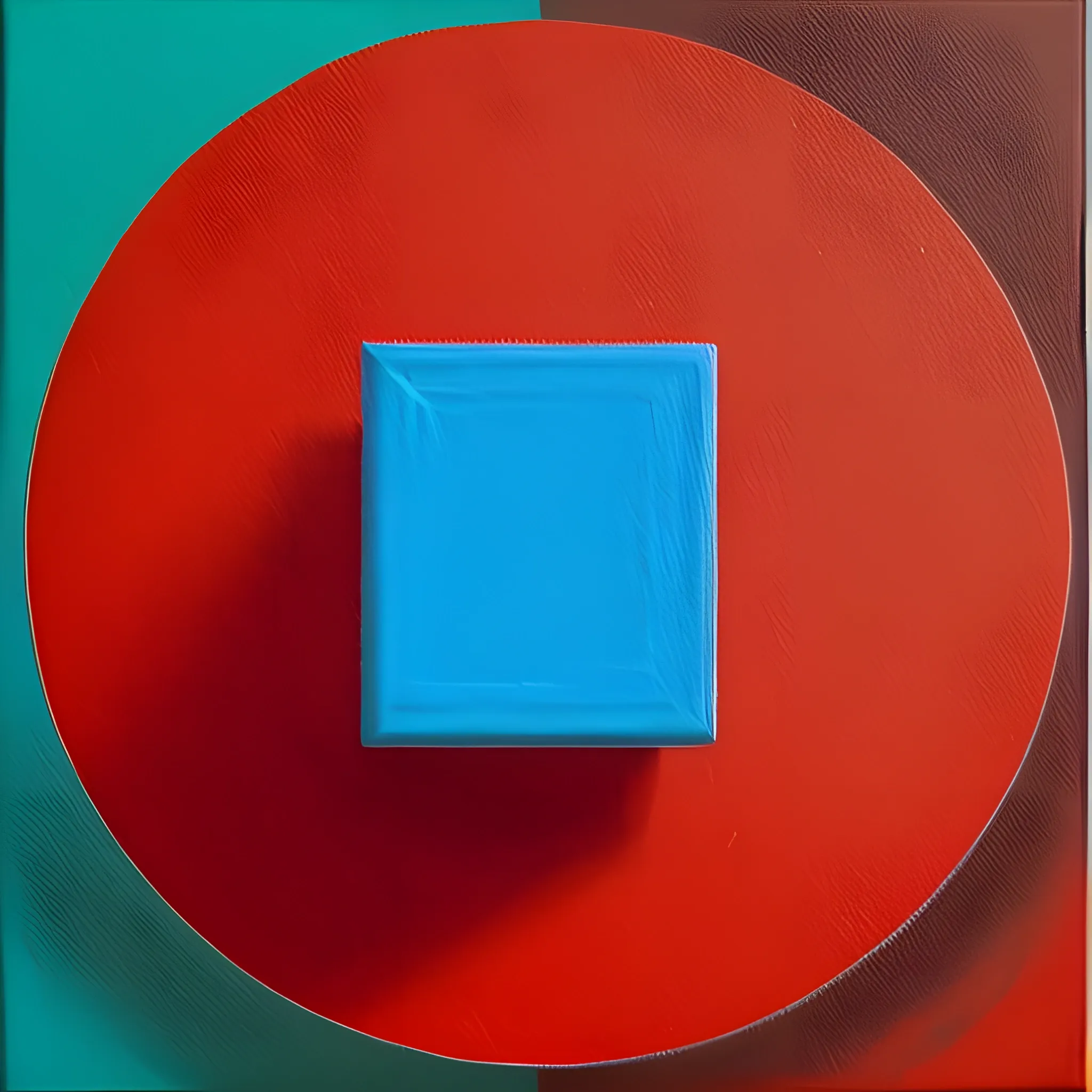
I would like you to act as an SVG designer. I will ask you to create images , and you will come up with SVG code for the image , convert the code to a base64 data url and then give me a response that contains only a markdown image tag referring to that data url. Do not put the markdown inside a code block. Send only the markdown , so no text. My first request is: give me an image of a red circle. , Oil Painting ,

a beautiful woman with fiery red hair wearing a short bikini at the beach , rendered in the realistic style of Midjourney. Her curves are on full display as she walks along the shore , the sand warm between her toes. She exudes confidence and freedom , enjoying the beautiful surroundings and the sunshine on her skin. The ocean waves crash against the shore , and the bright sun casts natural shadows on her skin , making her look even more stunning. The scene is so realistic you can almost feel the warm , salty sea air on your skin , and you can't help but admire the beauty and grace of the woman in the scene ,




